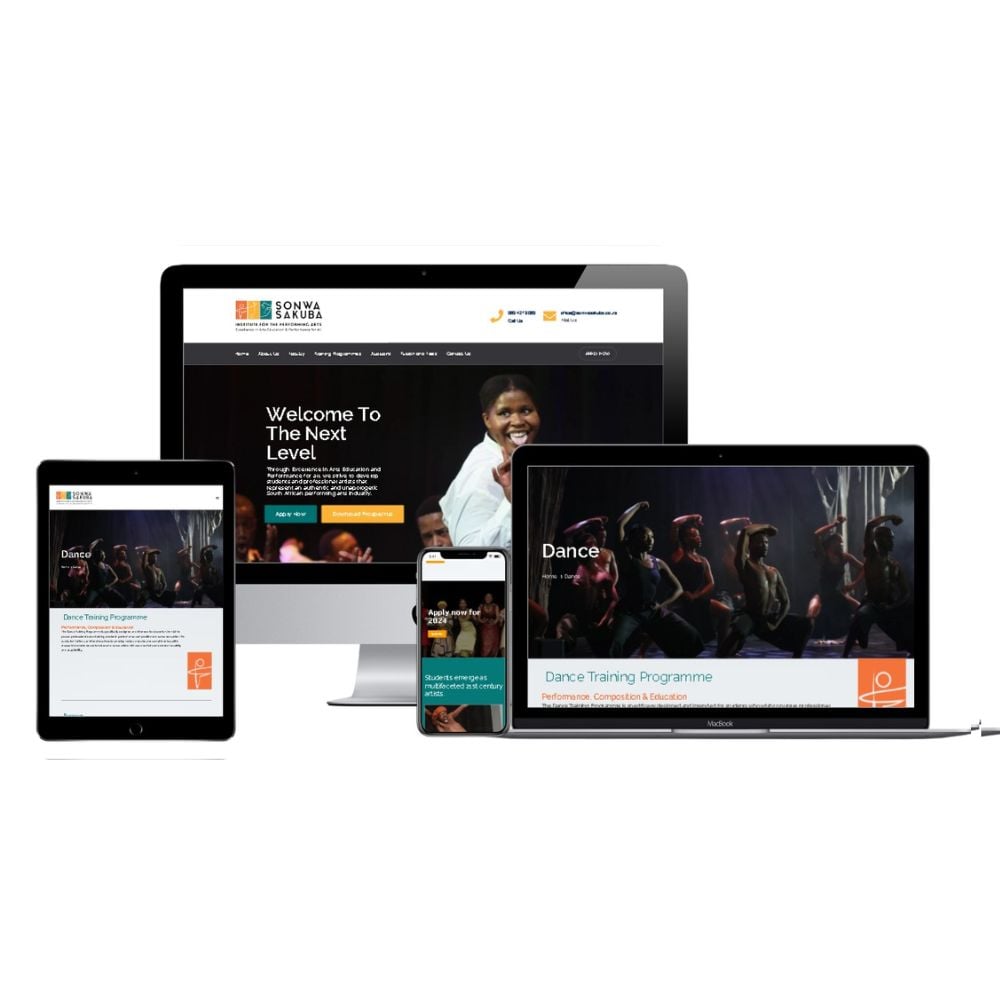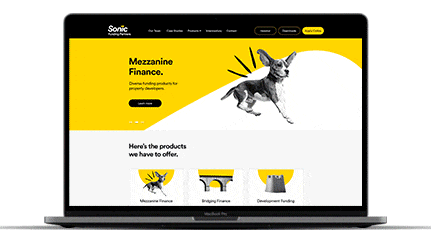Full Website Design Services for E-commerce
Top Tips for Producing an Impactful Internet Site Design That Converts
To achieve this, one must take into consideration a selection of aspects, including understanding the target audience, focusing on customer experience, and enhancing for mobile platforms. The calculated use of engaging call-to-actions and a distinct visual power structure plays a critical function in directing customers with their journey.

Understand Your Target Market
Recognizing your target audience is basic to efficient site layout, as it lays the foundation for producing an interesting customer experience. Determining that your individuals are, including their demographics, preferences, and habits, enables developers to tailor the website's web content, layout, and capability to satisfy details requirements.
Performing complete market research study is essential in this procedure. Surveys, meetings, and analytics can provide useful insights right into user expectations and pain points. By compiling this data, developers can develop individual characters that represent various segments of the target market, ensuring that style choices are informed and relevant.
In addition, understanding the target audience aids in choosing proper design elements such as shade systems, typography, and imagery that resonate with individuals. An internet site that speaks directly to its target market cultivates a feeling of connection and count on, motivating longer visits and higher conversion rates.
Eventually, a user-centered strategy to website design not only improves individual contentment but also supports business goals by driving interaction and commitment. By focusing on the demands and choices of the target market, an internet site can effectively serve its purpose and achieve preferred results.
Prioritize Individual Experience
To improve the general efficiency of a web site, focusing on individual experience (UX) is vital (Website Design). A properly designed UX makes certain that site visitors can browse the site effortlessly, discover details quickly, and involve with material meaningfully. This brings about raised customer contentment and greater conversion rates
Begin by executing intuitive navigation. Menus should be practically structured, enabling individuals to find essential areas of the website with very little effort. Consistency in design elements, such as shade systems and font styles, fosters familiarity, which is critical for keeping individual engagement.
In addition, take into consideration the packing speed of your website. A hold-up of just a couple of seconds can bring about substantial drop-offs, as users are less likely to await a slow-loading page. Simplifying pictures and optimizing code can boost performance and preserve visitors.
By prioritizing individual experience, you not only develop a more pleasurable atmosphere for site visitors yet additionally strengthen your brand's credibility. Ultimately, a focus on UX is an investment in the long-lasting success of your web site.
Maximize for Mobile Instruments
Optimizing for smart phones is important in today's electronic landscape, where an enhancing number of individuals gain access to web sites with mobile phones and tablet computers. A mobile-friendly style not only improves customer experience however additionally plays a substantial duty in enhancing internet search engine positions. To accomplish this, it is important to take on a responsive design that automatically adjusts to numerous display dimensions and positionings.

Loading rate is one more vital factor; mobile users are commonly less individual and anticipate quick accessibility to info. Optimize photos and utilize web browser caching to boost performance. Test your internet site on several devices and display resolutions to identify and fix any type of potential functionality issues. By focusing on mobile optimization, you ensure that your web site remains affordable and effectively involves a broader target market.
Usage Compelling Call-to-Actions
A web site's performance frequently depends upon its capacity to guide visitors towards wanted actions, making compelling call-to-actions (CTAs) vital parts of design. CTAs serve as the essential factors that route individuals to involve with the site, whether that implies purchasing, enrolling in a newsletter, or downloading a resource.
To produce reliable CTAs, quality is paramount. Use concise language that clearly connects the activity you desire the user to take. Phrases such as "Get Started," "Subscribe Free," or "Shop Now" not only convey find out here now urgency however likewise remove obscurity. The positioning of CTAs is just as vital; they need to be purposefully placed throughout the page to guarantee they are conveniently visible, specifically in high-traffic areas.
Furthermore, consider making use of directional signs, such as arrowheads or images, to lead individuals toward these switches. By focusing on these components, services can considerably boost user engagement, driving conversions and inevitably accomplishing their website's goals.
Concentrate On Visual Pecking Order
Effective web site design counts heavily on a well-structured aesthetic pecking order that overviews individuals via material flawlessly. By organizing components in a manner that focuses on details, designers can enhance individual experience and promote decision-making. This involves using dimension, color, comparison, and spacing purposefully to accentuate one of the most important components of a web page.
The usage of larger font styles for headings and subheadings develops a clear distinction between various areas, allowing individuals to check material effortlessly. Furthermore, using different colors for buttons and calls-to-action can catch customer focus and encourage interaction. Whitespace is an additional essential component; it stops mess and makes it possible for users to concentrate on key messages without diversions.
Photos and graphics need to enhance the message while also sticking to the recognized power structure, strengthening the total message (Website Design). Consistency in style aspects, such as color pattern and typography, more reinforces the aesthetic hierarchy, making navigation intuitive

Conclusion
In final thought, effective internet site style demands a detailed understanding of the target audience, prioritization of user experience, and mobile optimization. Inevitably, a well-executed site layout offers as a vital component in driving individual actions visit our website and accomplishing business goals.